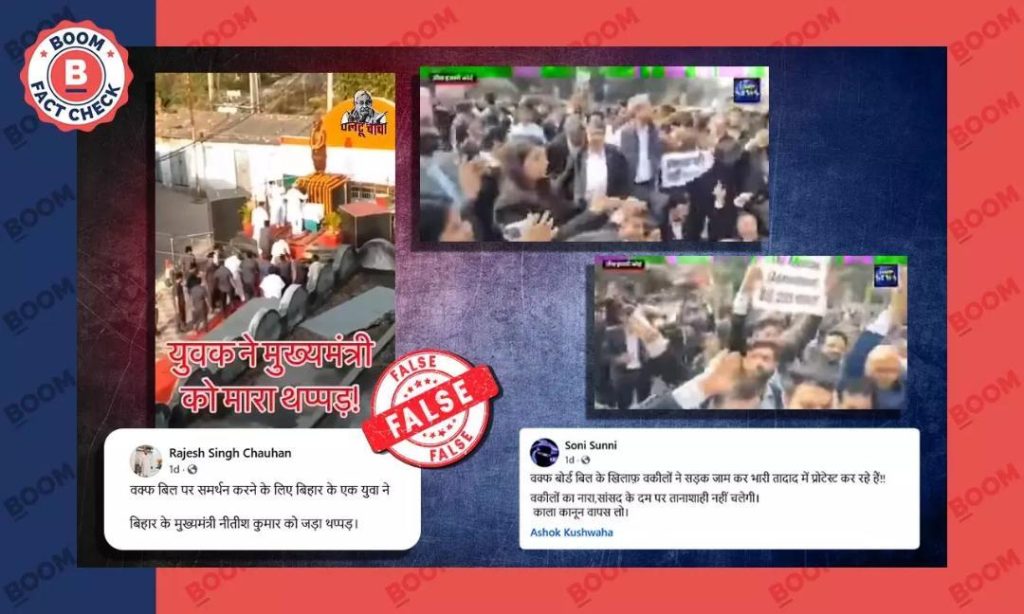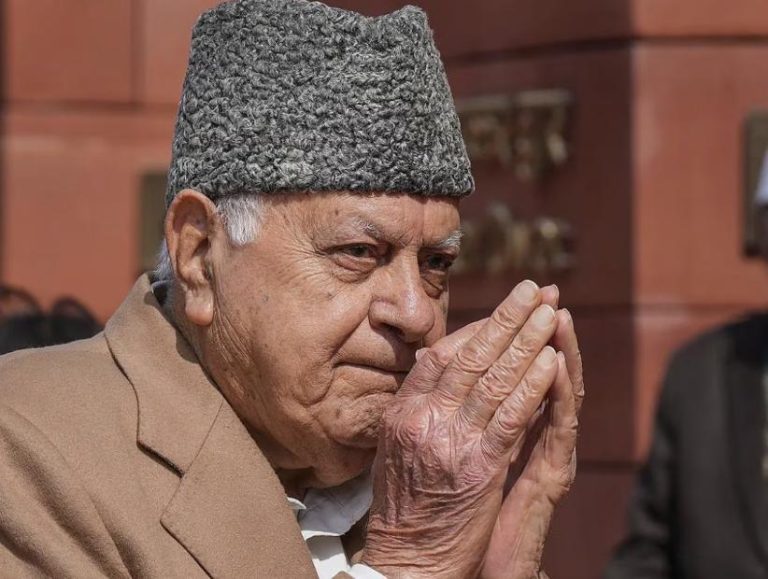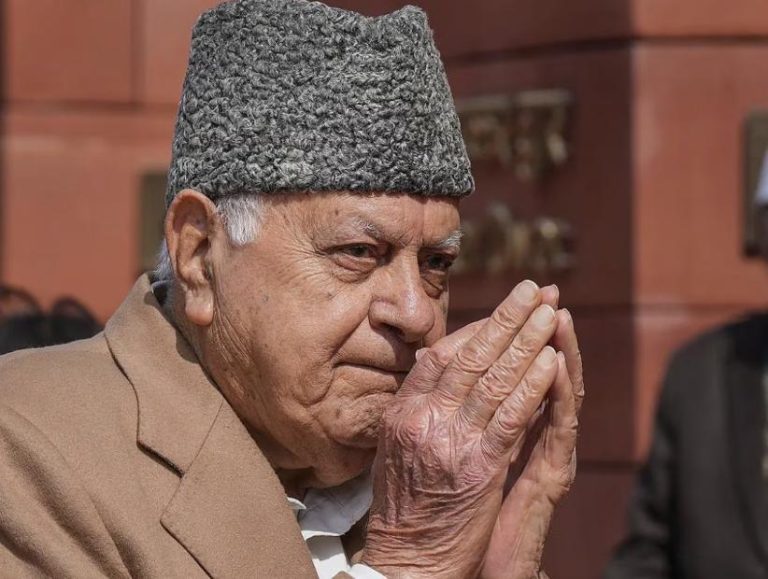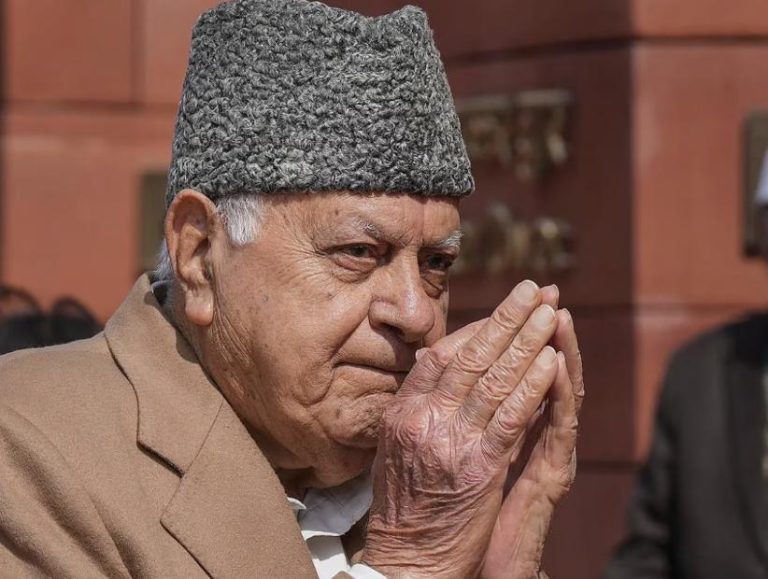
Old Videos Falsely Shared as People Protesting Against Waqf Act
In recent times, social media has been flooded with misinformation and fake news. A recent example of this is the false linking of two old videos to the recently passed Waqf (Amendment) Act. The videos, which have been shared widely on social media platforms, appear to show people protesting against the Waqf Act. However, a fact-check by BOOM has revealed that the videos are unrelated to the Waqf (Amendment) Act.
The first video shows a group of lawyers protesting, while the second video shows a man attempting to attack Bihar Chief Minister Nitish Kumar. Both videos have been falsely linked to the Waqf (Amendment) Act, which has been passed by the government to amend the Waqf Act, 1995.
BOOM’s investigation found that the protest video is from February 2025, while the assault video is from March 2022. This means that the videos have no connection whatsoever to the Waqf (Amendment) Act, which was passed in [insert date].
The Waqf (Amendment) Act aims to bring in more transparency and accountability in the management of Waqf properties in the country. It also seeks to empower the Waqf boards to take decisions on the management of these properties and to ensure that the funds are used for the benefit of the Waqf institutions.
Despite the fact that the videos have no connection to the Waqf (Amendment) Act, they have been shared widely on social media platforms, with many people believing that they are showing people protesting against the Act. This highlights the need for people to be cautious when consuming information on social media and to always verify the authenticity of the information before sharing it.
In recent times, social media has been flooded with misinformation and fake news. A recent example of this is the false linking of two old videos to the recently passed Waqf (Amendment) Act. The videos, which have been shared widely on social media platforms, appear to show people protesting against the Waqf Act. However, a fact-check by BOOM has revealed that the videos are unrelated to the Waqf (Amendment) Act.
The first video shows a group of lawyers protesting, while the second video shows a man attempting to attack Bihar Chief Minister Nitish Kumar. Both videos have been falsely linked to the Waqf (Amendment) Act, which has been passed by the government to amend the Waqf Act, 1995.
BOOM’s investigation found that the protest video is from February 2025, while the assault video is from March 2022. This means that the videos have no connection whatsoever to the Waqf (Amendment) Act, which was passed in [insert date].
The Waqf (Amendment) Act aims to bring in more transparency and accountability in the management of Waqf properties in the country. It also seeks to empower the Waqf boards to take decisions on the management of these properties and to ensure that the funds are used for the benefit of the Waqf institutions.
Despite the fact that the videos have no connection to the Waqf (Amendment) Act, they have been shared widely on social media platforms, with many people believing that they are showing people protesting against the Act. This highlights the need for people to be cautious when consuming information on social media and to always verify the authenticity of the information before sharing it.
BOOM’s fact-checking team has been working tirelessly to debunk fake news and misinformation on social media. In recent times, the team has fact-checked several videos and articles that have been shared widely on social media platforms, only to find that they are false.
The team has also been working to raise awareness about the importance of fact-checking and the need to verify the authenticity of information before sharing it on social media. This is because fake news and misinformation can have serious consequences, including the spreading of panic, the creation of social unrest, and the undermining of trust in institutions.
In conclusion, the recent example of old videos being falsely linked to the Waqf (Amendment) Act highlights the need for people to be cautious when consuming information on social media and to always verify the authenticity of the information before sharing it. It also highlights the importance of fact-checking and the need for people to be aware of the potential consequences of spreading fake news and misinformation.




